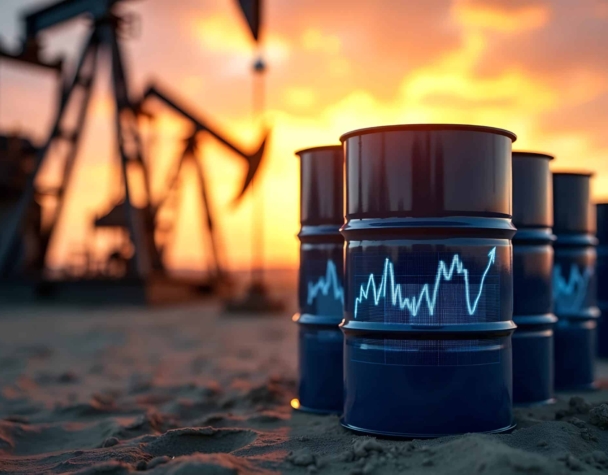
Global Commodity Markets Surge on Tariff Fears, and Safe-Haven Demand
Wed, April 02, 2025Global commodity markets are seeing sharp price movements and renewed investor interest as a mix of geopolitical tensions, inflationary fears, and aggressive trade rhetoric shake up key sectors. From oil to gold and copper, traders are recalibrating expectations in a high-volatility environment marked by protectionist U.S. policies and global supply concerns.
Oil and Copper Prices Spike on Trade War Fears
Crude oil prices jumped this week after former President Donald Trump threatened secondary tariffs on countries continuing to import oil from Russia and Iran. West Texas Intermediate (WTI) climbed 3.1% to $71.48 per barrel, while Brent crude rose to $74.74. The market is particularly concerned about how major buyers like China and India might respond if these penalties are enforced.
As reported by Business Insider, the proposed measures could remove significant barrels from the global market, adding upward pressure on prices just as energy demand begins to rebound from seasonal lows.
Copper, meanwhile, has emerged as 2025’s standout performer. Futures soared 26% year-to-date, recently breaching $5.02 per pound—a new record. Analysts cite strong industrial demand and a scramble to secure domestic supplies amid threats of import restrictions. The Biden administration’s use of the Defense Production Act to boost local production has only intensified bullish sentiment.
According to the Wall Street Journal, traders are responding to both real and perceived shortages, pricing in future demand growth from sectors like renewable energy and electric vehicles.
Gold Hits Record as Investors Flee Risk
As market anxiety rises, investors are once again turning to gold. Prices reached a new all-time high of $3,122.80 per troy ounce this week, driven by fears of stagflation and global trade instability. Analysts attribute this flight to safety to the intensifying rhetoric around tariffs and the broader economic fallout from restrictive trade policies.
The shift toward gold is not just driven by inflation hedging but also by concerns over central bank policies, slowing growth, and geopolitical instability. As noted in a recent AP report, the surge in gold reflects a broader shift in risk appetite, particularly among institutional investors.
Meanwhile, agricultural markets continue to face uncertainty. The ongoing Russia-Ukraine conflict remains a key disruptor in wheat exports, while U.S. corn planting data due this week is expected to provide further clues about global food supply dynamics.
With tariffs looming and geopolitical risk on the rise, commodity markets are entering a new phase of unpredictability. Traders are watching not just fundamentals but also political headlines, which are increasingly driving day-to-day price action. Investors should expect elevated volatility as policies unfold and global players adjust their trade and hedging strategies in real time.

